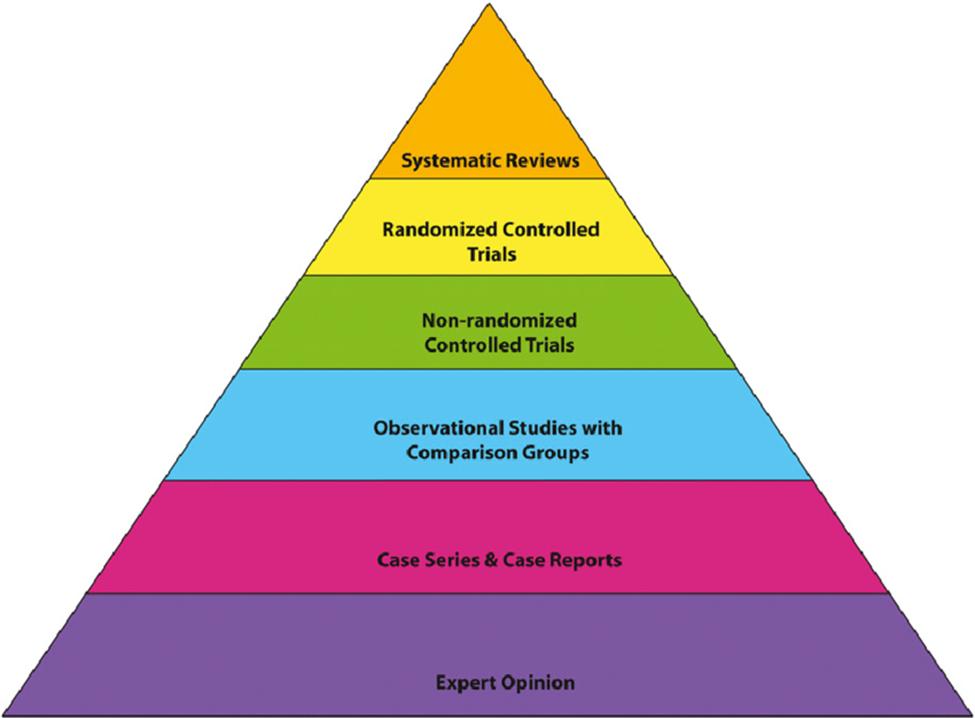A nurse is working with a social worker and a physical therapist in preparing a discharge projection for a client who is postoperative. Which of the following steps of the nursing process is the nurse engaging in?
Data collection
Evaluation
Planning
Implementation
The Correct Answer is C
Explanation:
A. Data collection:
Data collection is the initial step of the nursing process where the nurse gathers information about the client's health status, including physical, psychological, social, and environmental factors. This involves conducting assessments, obtaining medical histories, performing physical exams, reviewing diagnostic tests, and gathering information from the client, family members, and other healthcare providers. In the scenario, data collection would involve gathering information about the client's postoperative condition, recovery progress, functional abilities, support system, home environment, and any other relevant factors that would influence the discharge planning process.
B. Evaluation:
Evaluation is the step of the nursing process where the nurse assesses the client's response to interventions, measures progress toward goals, and determines the effectiveness of the care provided. It involves comparing the client's actual outcomes with expected outcomes, identifying any deviations or areas needing improvement, and making adjustments to the care plan as necessary. In the scenario, evaluation would occur after the implementation of the discharge plan to assess the client's readiness for discharge, the achievement of goals, and the overall success of the interventions implemented.
C. Planning:
Planning is the phase of the nursing process where the nurse, in collaboration with the client, family, and healthcare team members, develops a comprehensive plan of care based on the collected data and identified needs. This includes setting priorities, establishing expected outcomes and goals, determining appropriate interventions, creating a timeline for implementation, and coordinating resources and services. In the scenario, planning involves working with the social worker and physical therapist to develop a discharge plan that addresses the client's postoperative needs, ensures continuity of care, promotes recovery, and supports a smooth transition from the healthcare facility to the home or next level of care.
D. Implementation:
Implementation is the phase of the nursing process where the nurse carries out the interventions outlined in the care plan. This involves putting the plan into action, providing direct care, educating the client and family, coordinating services, monitoring progress, and advocating for the client's needs. In the scenario, implementation would occur as the nurse, along with the social worker and physical therapist, initiates the discharge plan, arranges for services and resources, provides education and instructions to the client and family, and ensures that all necessary preparations are made for the client's transition from the hospital.
Nursing Test Bank
Naxlex Comprehensive Predictor Exams
Related Questions
Correct Answer is B
Explanation
Explanation:
A. Have a pen and paper.
Having a pen and paper can be helpful during the conversation as it allows the nurse to jot down important points, keywords, or reminders. However, it's not directly related to active listening itself but can aid in retaining and recalling information.
B. Use intermittent eye contact.
Intermittent eye contact is a crucial aspect of active listening. It shows that the nurse is engaged and attentive to the client's communication. However, it's essential to maintain a balance and avoid prolonged staring, which can be perceived as intimidating or intrusive.
C. Sit side-by-side with the client.
Sitting side-by-side with the client can create a sense of partnership and equality in the conversation. It can also help in establishing a comfortable and open environment for communication, which is beneficial for active listening.
D. Lean back in the chair.
Leaning back in the chair can convey a relaxed and open posture, which can contribute to a positive communication atmosphere. However, it's crucial to maintain an attentive posture and avoid appearing disinterested or unengaged.
Correct Answer is B
Explanation
Explanation:
A. Expert opinions:
Expert opinions are valuable in clinical practice and decision-making, but they are considered a lower level of evidence compared to systematic reviews and meta-analyses. Expert opinions are often classified as Level V evidence in the hierarchy.
B. Systematic review
A systematic review is a comprehensive and rigorous synthesis of multiple studies on a particular topic, and it often includes a meta-analysis that statistically combines the results of these studies to provide a high level of evidence. This type of evidence is considered Level I because it provides a strong foundation for making clinical decisions due to its methodological rigor and ability to summarize findings from multiple studies.
C. Credible websites:
Credible websites can provide valuable information, but they are not classified as Level I evidence. The evidence hierarchy typically places systematic reviews and meta-analyses at the highest level due to their methodological rigor and synthesis of multiple studies.
D. Qualitative studies:
Qualitative studies are valuable for exploring complex phenomena and understanding individuals' experiences, beliefs, and perspectives. However, they are generally considered lower in the hierarchy of evidence compared to systematic reviews and RCTs, which are categorized as Level I evidence.

Whether you are a student looking to ace your exams or a practicing nurse seeking to enhance your expertise , our nursing education contents will empower you with the confidence and competence to make a difference in the lives of patients and become a respected leader in the healthcare field.
Visit Naxlex, invest in your future and unlock endless possibilities with our unparalleled nursing education contents today
Report Wrong Answer on the Current Question
Do you disagree with the answer? If yes, what is your expected answer? Explain.
Kindly be descriptive with the issue you are facing.
